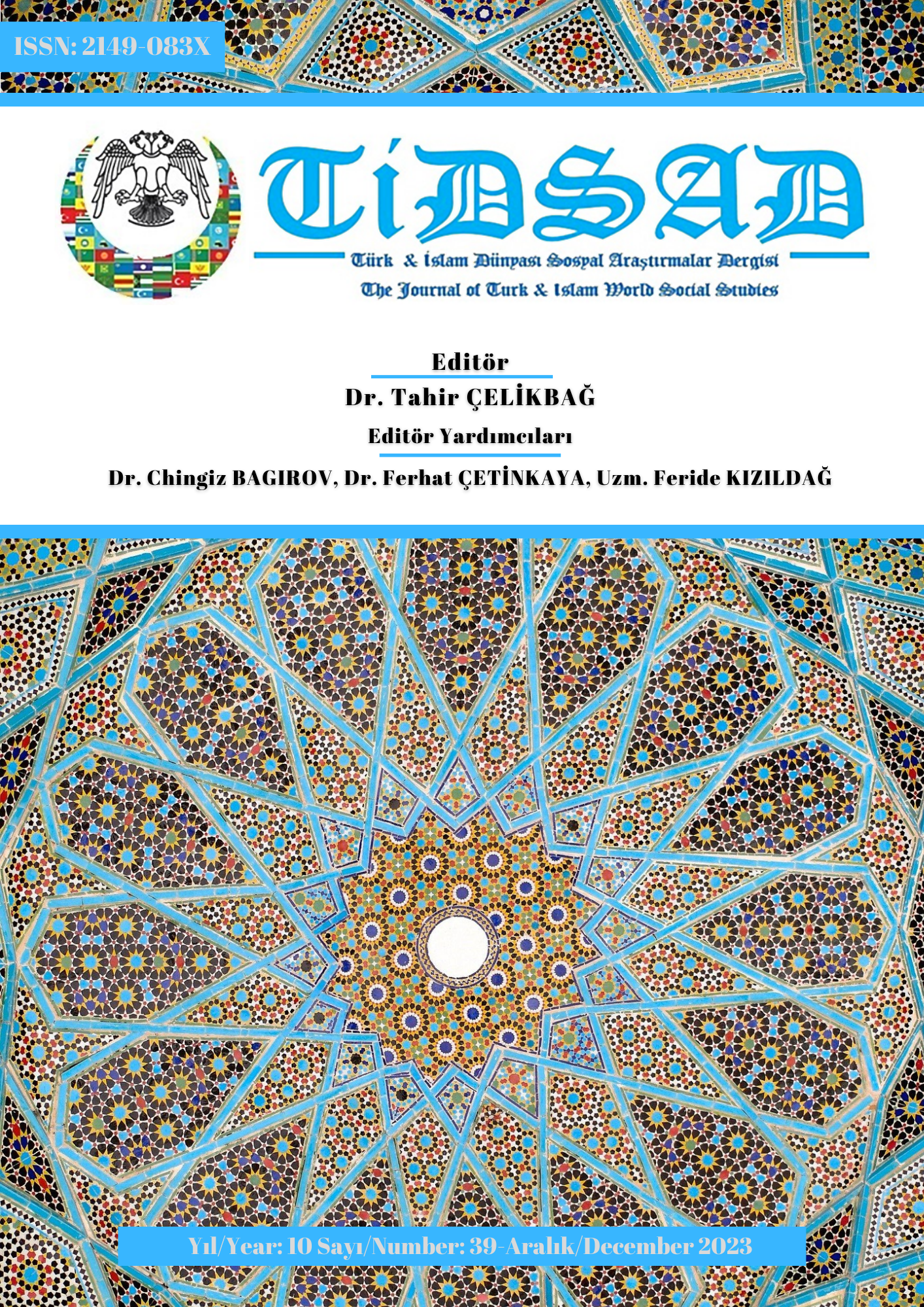Author :
Abstract
Feminizm, sosyal haklar ekseninde gelişen bir hareket olarak başlangıçta kadının mevcut koşullarını iyileştirmek adına tarihi, sosyolojik, hukuki bir misyon yüklenmiştir. Ne var ki ulaştığımız aşamada bu hareketi kadın hak ve özgürlükleri davasının sınırlarıyla tanımlamak oldukça güçtür. Dolayısıyla artık feminizme edebiyattan, queer felsefeye dek genişlemiş, modern dünyanın yeni bir söylemi gözüyle bakmak gerekir. Bu noktada Müslüman Doğu ve Hristiyan Batı kaynakları, uygulama yöntemleri ve alanları arasındaki farklılıklarıyla bir sınır çizgisinde buluşur. Kadından söz eden eski feminizm çoğu kez aynı kadından söz etmemiştir çünkü “Kadın ne zaman kadın oldu?” türünden retorik bir soru, ayrımın belirginleştiği bu sınırda doğmuş, cevapsız yanları kalmış, dolaylı olarak bir eksikliği işaret etmiştir yani kadının ontolojik varlığının ihmalini. Gerçekten de her iki feminizm dinsel, mistik, ruhsal olanın ihmaliyle onca farkına rağmen kadını tanımlamak hususunda ortak bir çerçeve çizmiştir. Üstelik bu çerçeve diğer cephede; kadın karşıtı söylemi üreten, Gılgamış destanı ya da Lilith söylencesi gibi pagan kültünün ana motifleriyle beslenmiş kolektif bilinçaltının bakış açısıyla tuhaf biçimde örtüşür. Üretim ilişkilerinin cinsiyet ayrımına dayalı zaruri uygulamalarını ele almak da bir varlık olarak kadını tanımlamamıza imkân sunamaz çünkü mesele sadece sosyolojik olmadığı gibi tümüyle ekonomik de değildir. Bu makale genel bir bakış açısıyla Müslüman Doğu ve Hristiyan Batı Feminizmi’nde kadın meselesine Literatür üzerinde farklılıklar cephesinden yaklaşmayı amaçlamıştır.
Keywords
Abstract
Feminism, as a movement that develops on the axis of social rights, initially assumed a historical, sociological and legal mission in order to improve the current conditions of women. However, at the stage we have reached, it is very difficult to define this movement within the limits of the women's rights and liberties cause. Therefore feminism should be viewed as a new discourse of the modern world, which has expanded from literature to queer philosophy. At this point, Muslim East and Christian West meet on a borderline with their differences between their sources, application methods and fields. Perhaps the old feminism that talked about woman never talked about the same woman? Because a rhetorical question like “When did a woman become a woman?” arose at this border, where the distinction became clear, and indirectly pointed to a deficiency due to its unresponsiveness of the neglect of the ontological existence of women. Indeed, both feminisms have drawn a common framework to define women despite all their differences by neglecting the religious, mystical and spiritual aspects. Moreover, this framework oddly coincides with the perspective of the collective subconscious, which produces the anti-women discourse, fed by the main motifs of pagan cults such as the epic of Gilgamesh or the myth of Lilith. Addressing the essential practices of production relations based on gender discrimination does not allow us to define women as an entity, because the issue is not sociological, nor is it economic. This article aims to approach with an overview to the the issue of women in Muslim Eastern and Christian Western feminism from the perspective of resources, distinctions and problems.





